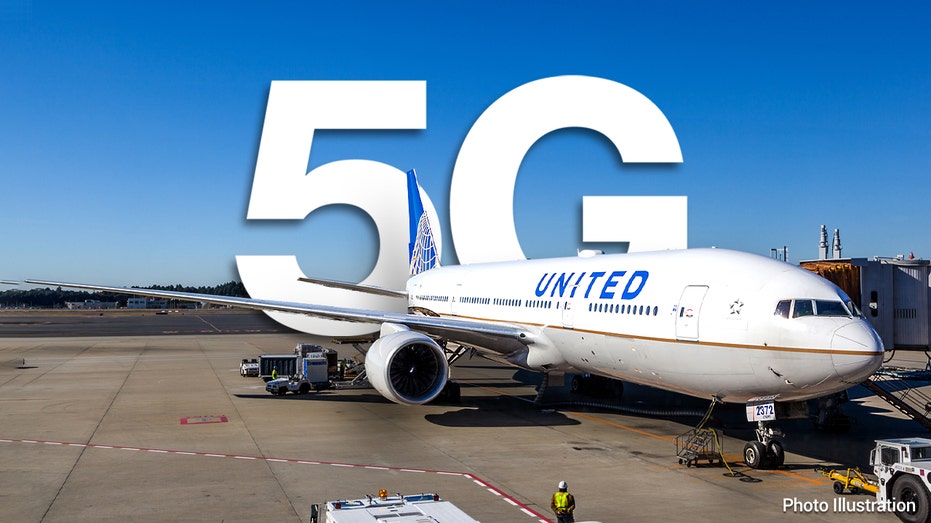
Altimeters are a key part of Boeing 787’s landing system, turning on the reverse thrusters that slow the plane once it has landed. The F.A.A. issued a notification that it had detected “anomalies” that “regardless of weather or approach” could cause 5G interference to affect a number of the 787’s automated systems.
“The presence of 5G C-band interference can result in degraded deceleration performance, increased landing distance and runway excursion,” the agency said. The notification covers 137 787s in the United States and more than 1,010 worldwide.
AT&T and Verizon’s decision to temporarily limit their new 5G network within two miles of airports should address many of these safety concerns — at least for now. But the start of 5G has been years in the making, raising questions about why airlines, the F.A.A., the wireless companies and the F.C.C. did not resolve them earlier.
“Wireless carriers have a right to expect a return on their investment,” Ms. Furchtgott-Roth said. “But you should be very happy that the F.A.A. is taking a strong stance to ensure people’s safety.”


I take pleasure in, lead to I found just what I was looking for. You have ended my four day lengthy hunt! God Bless you man. Have a nice day. Bye